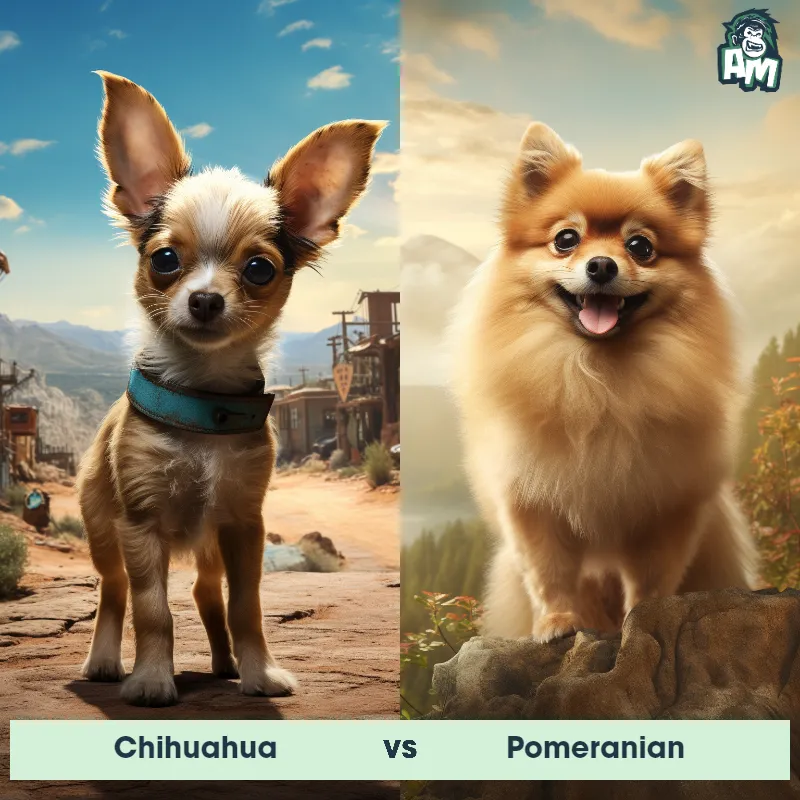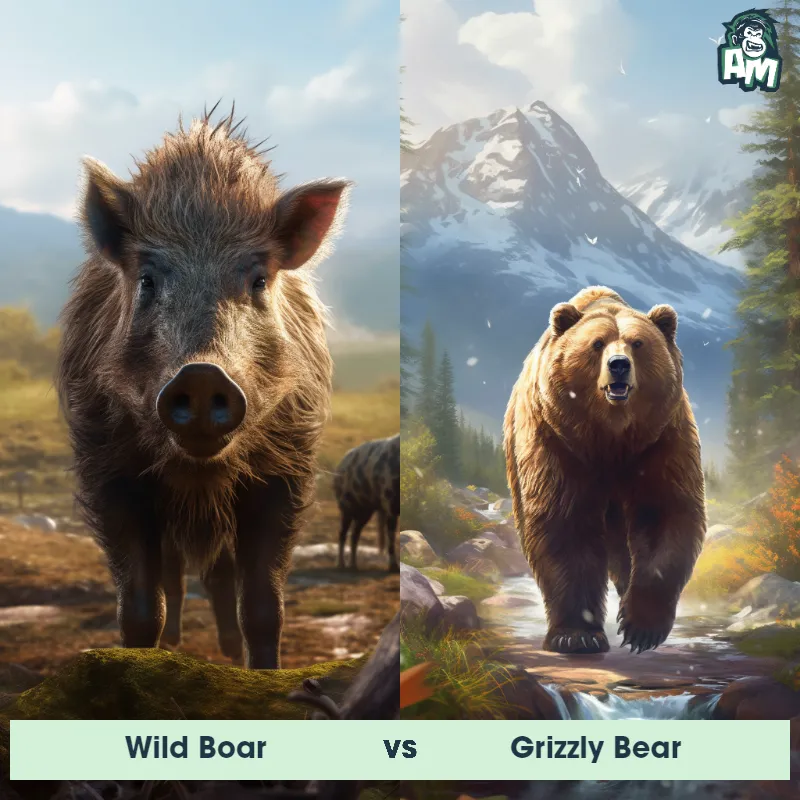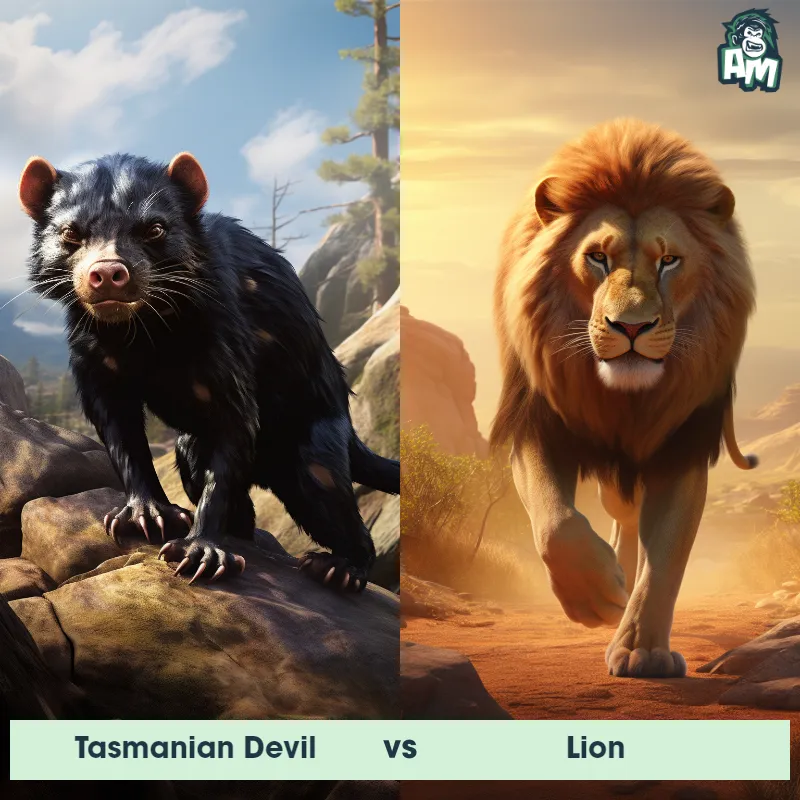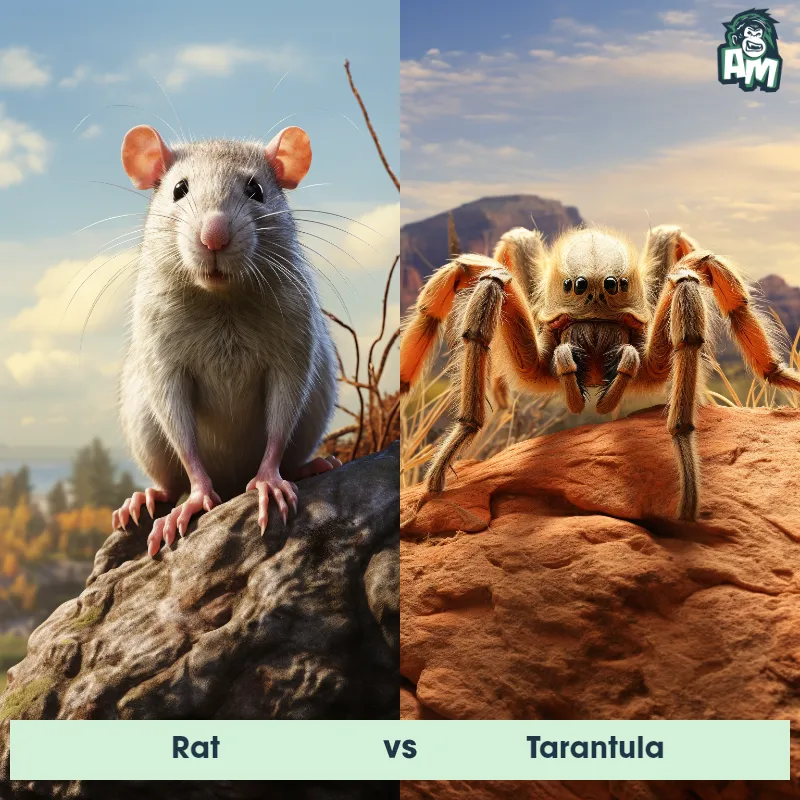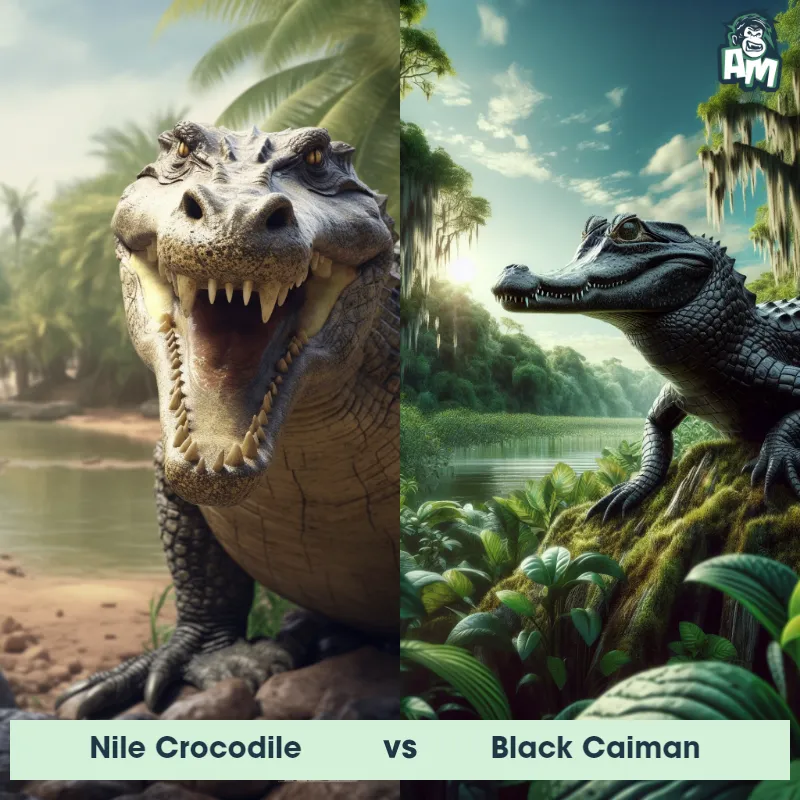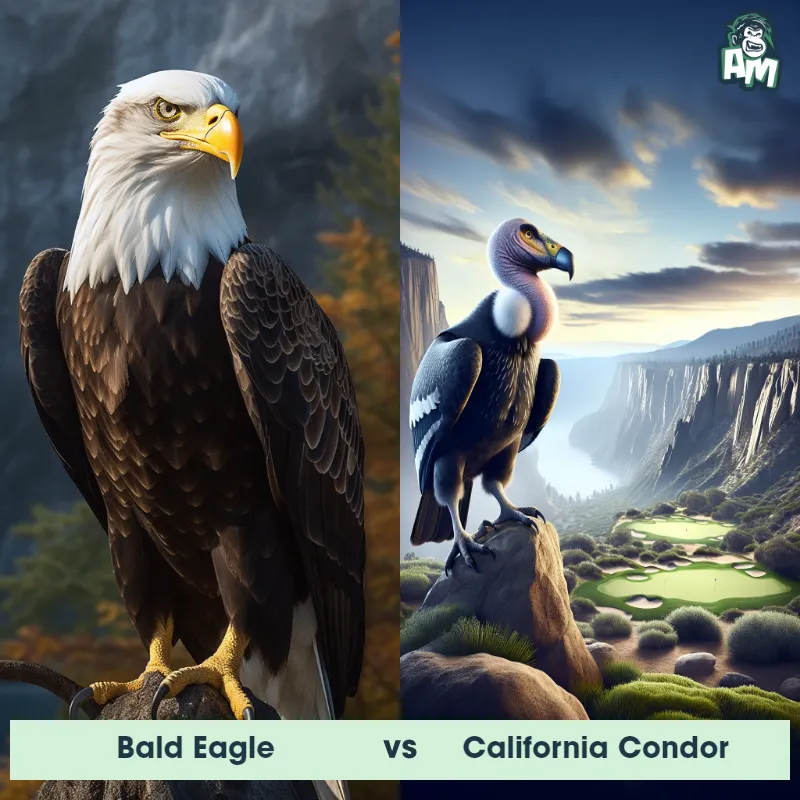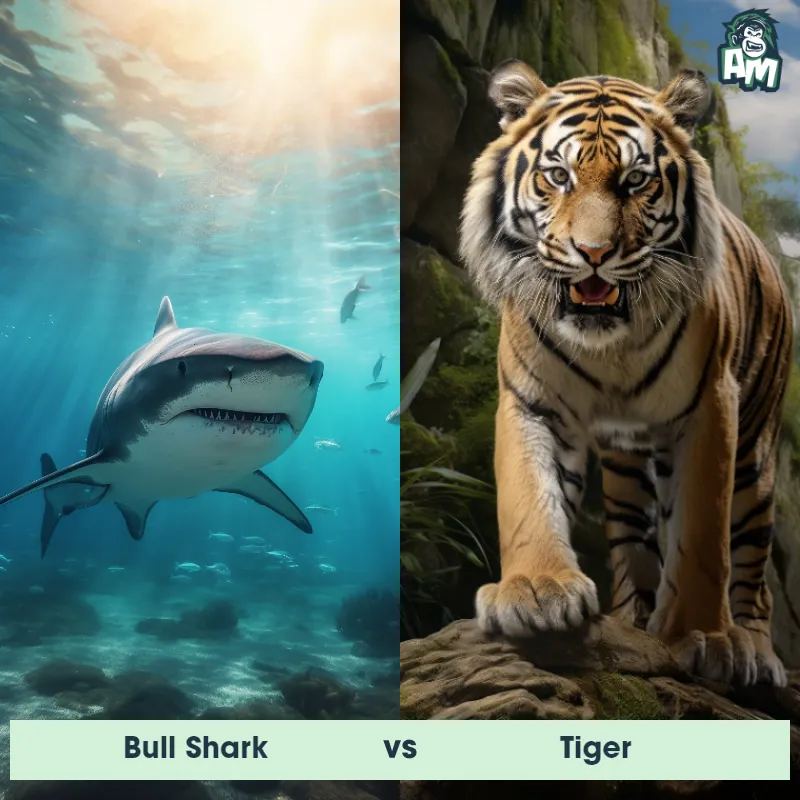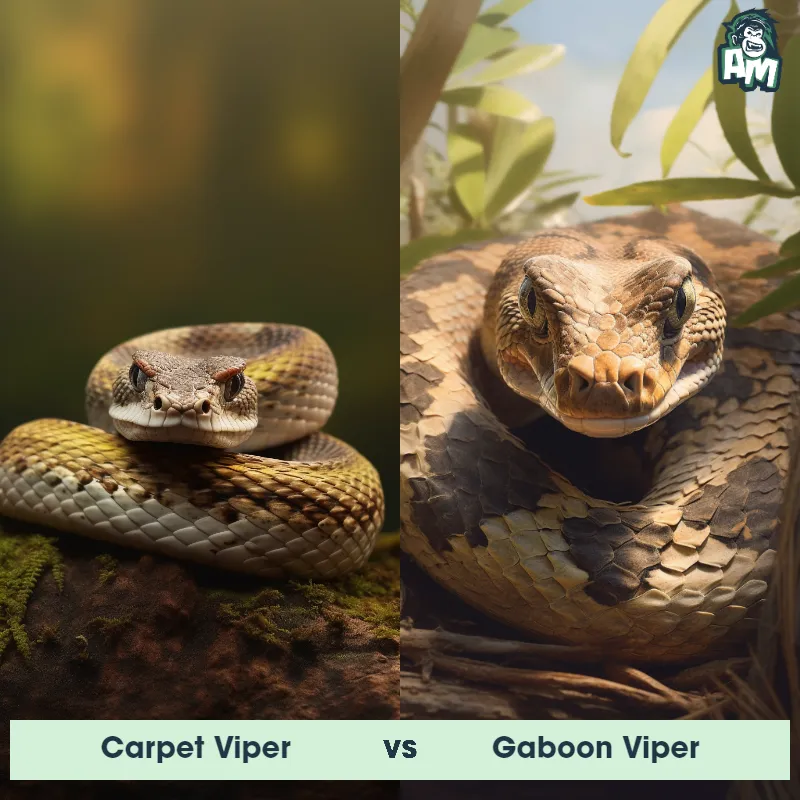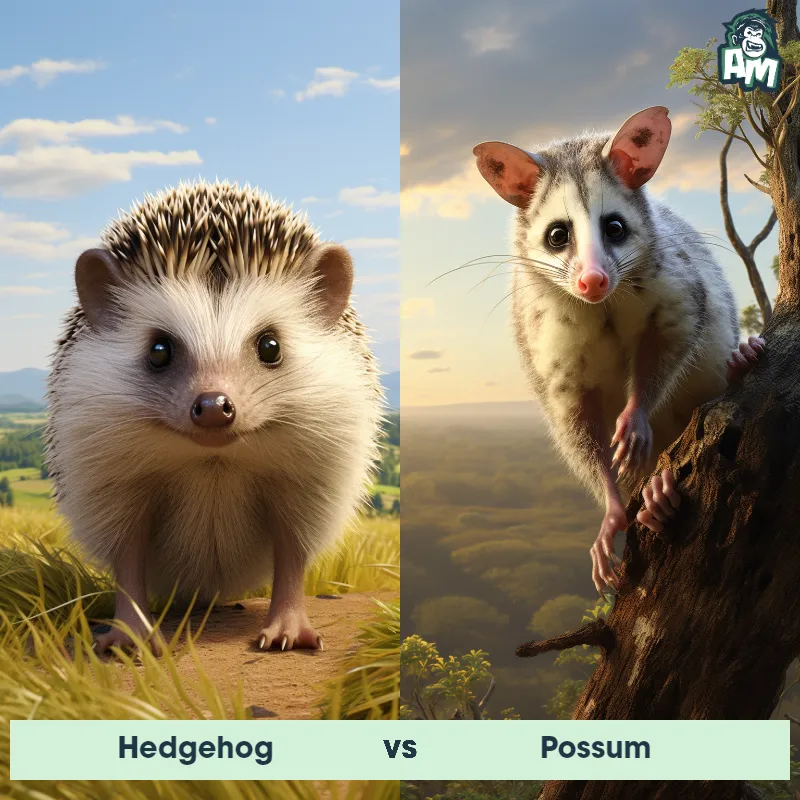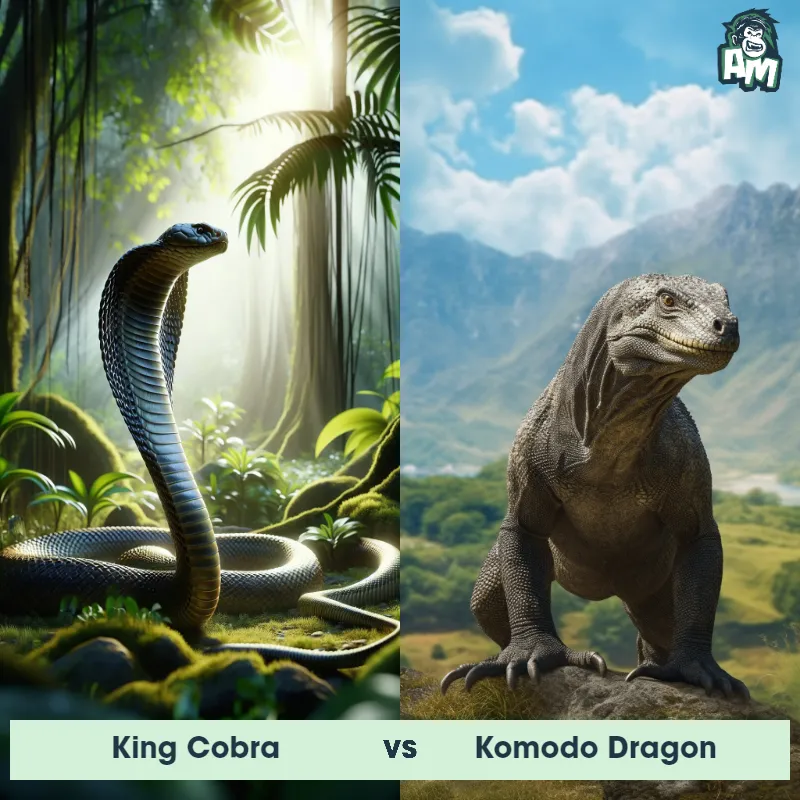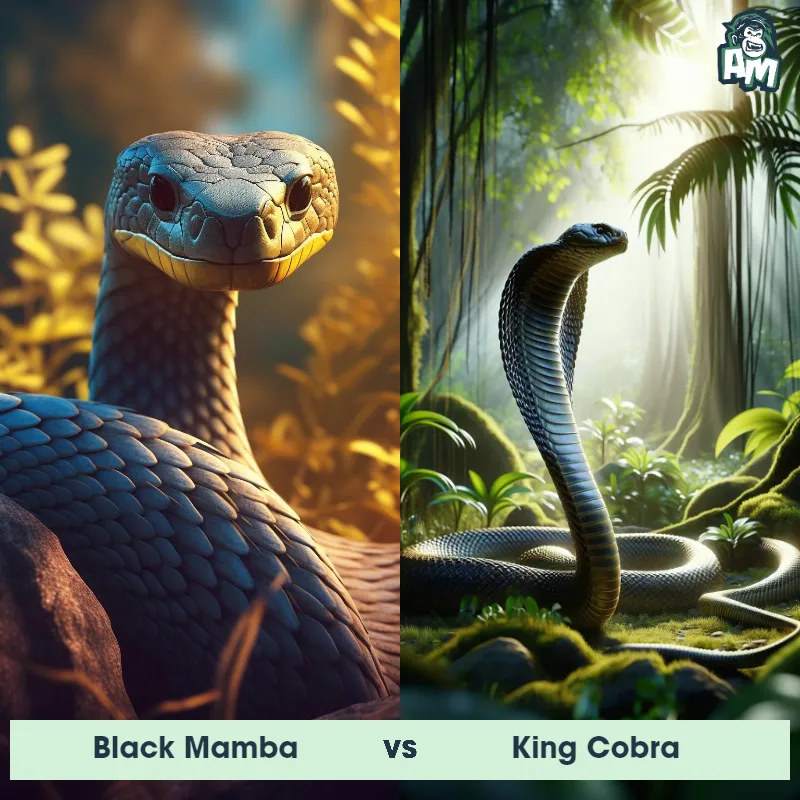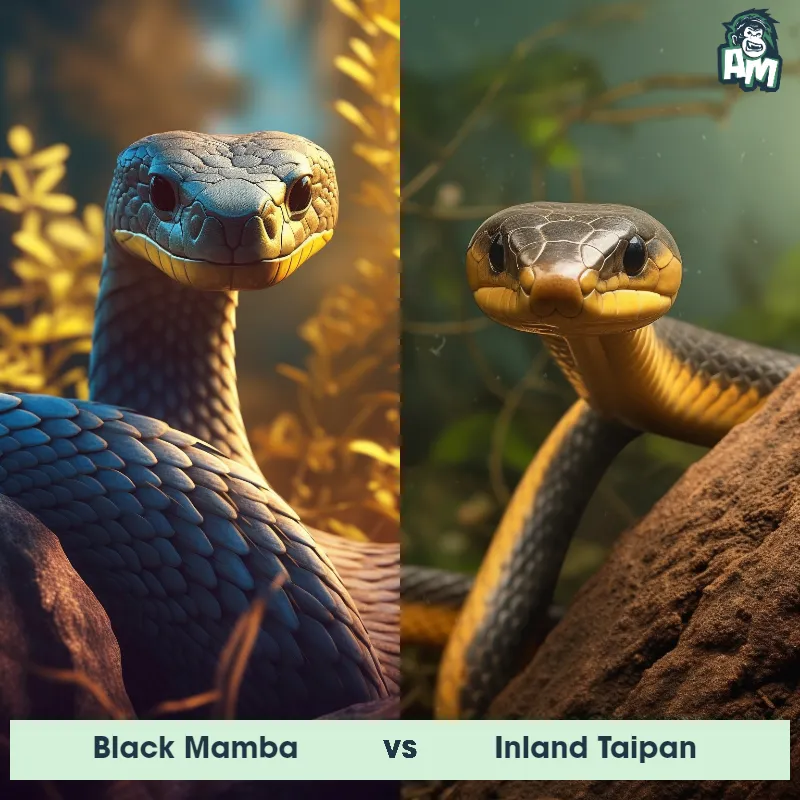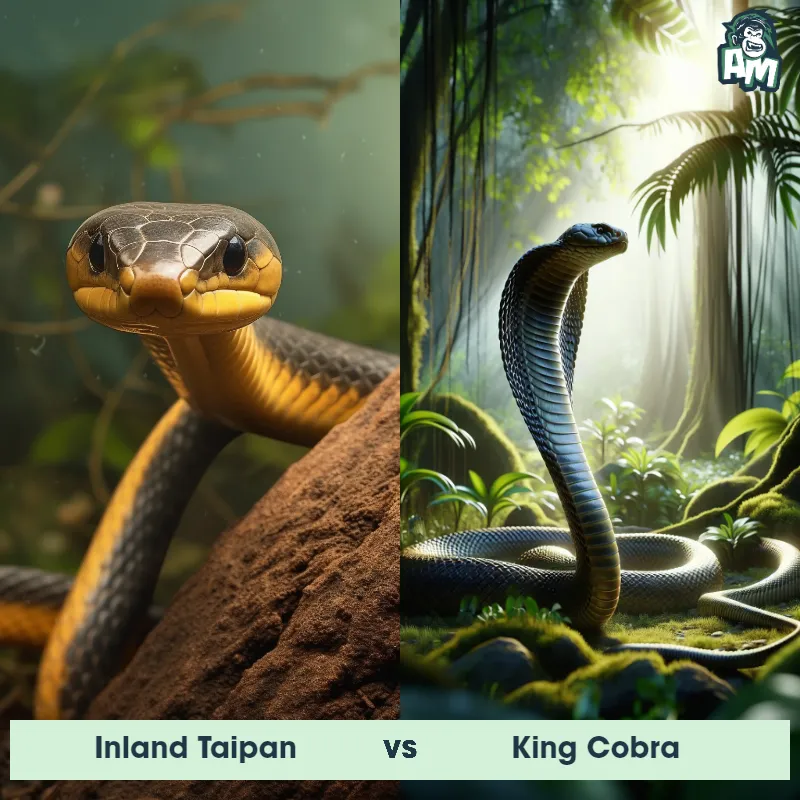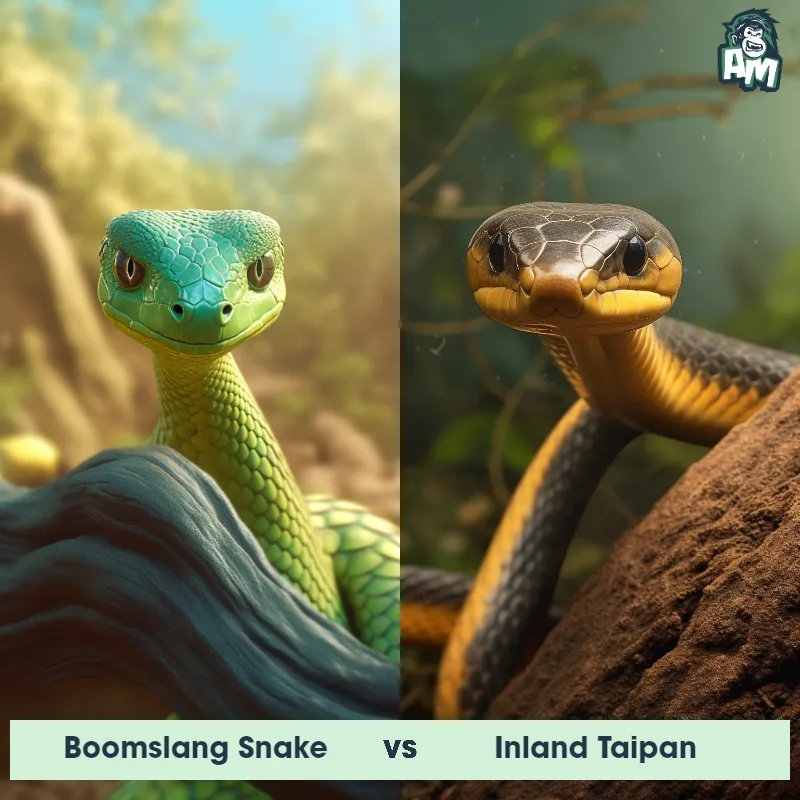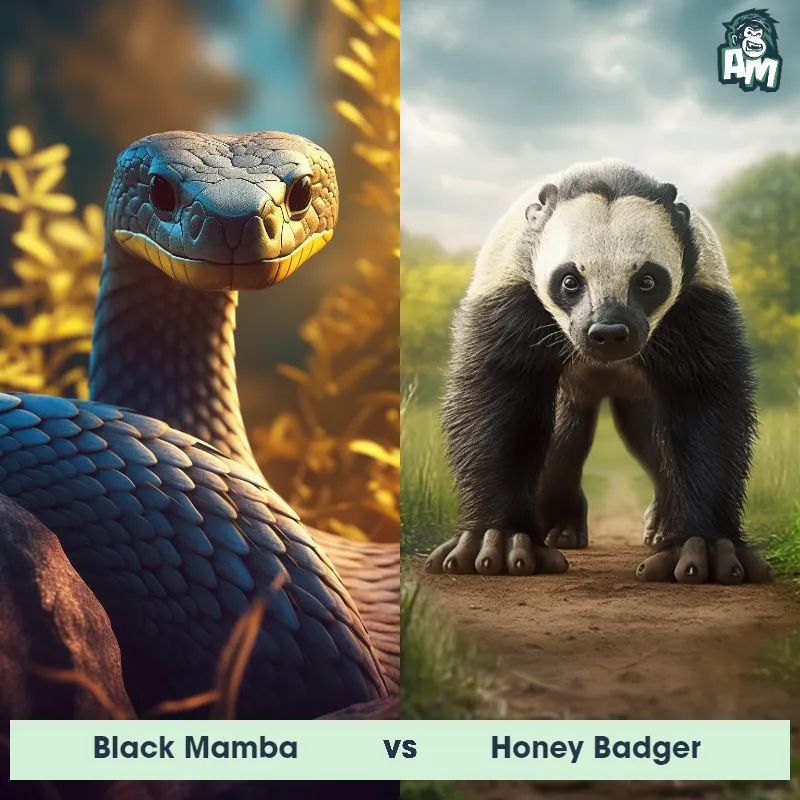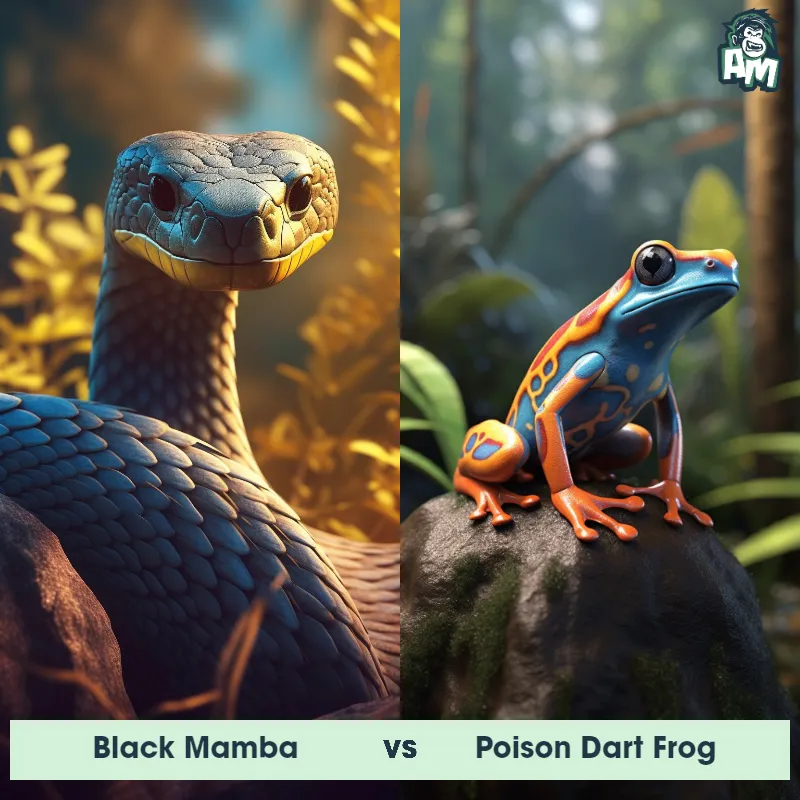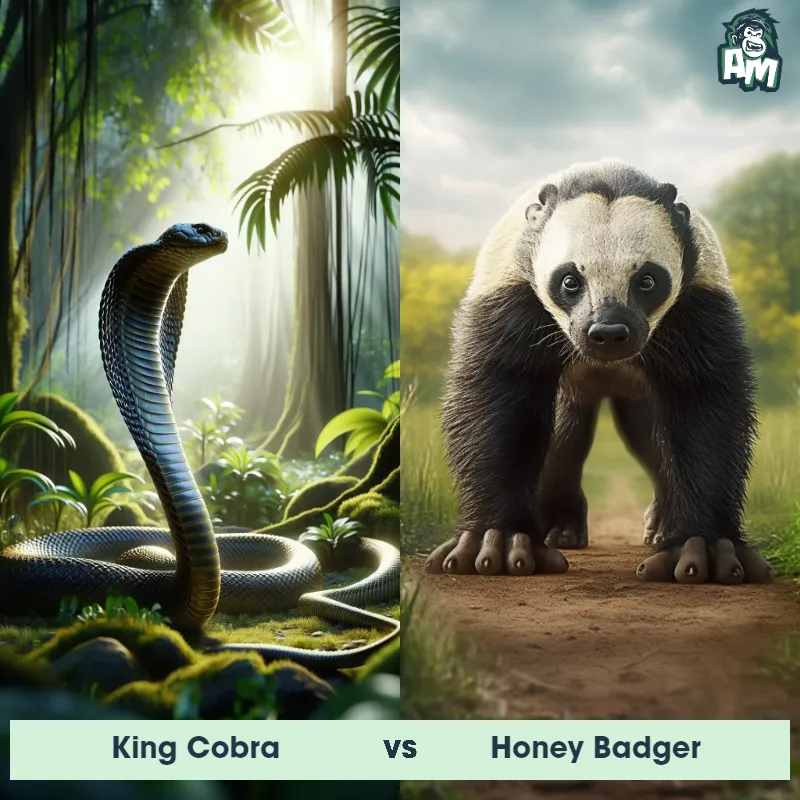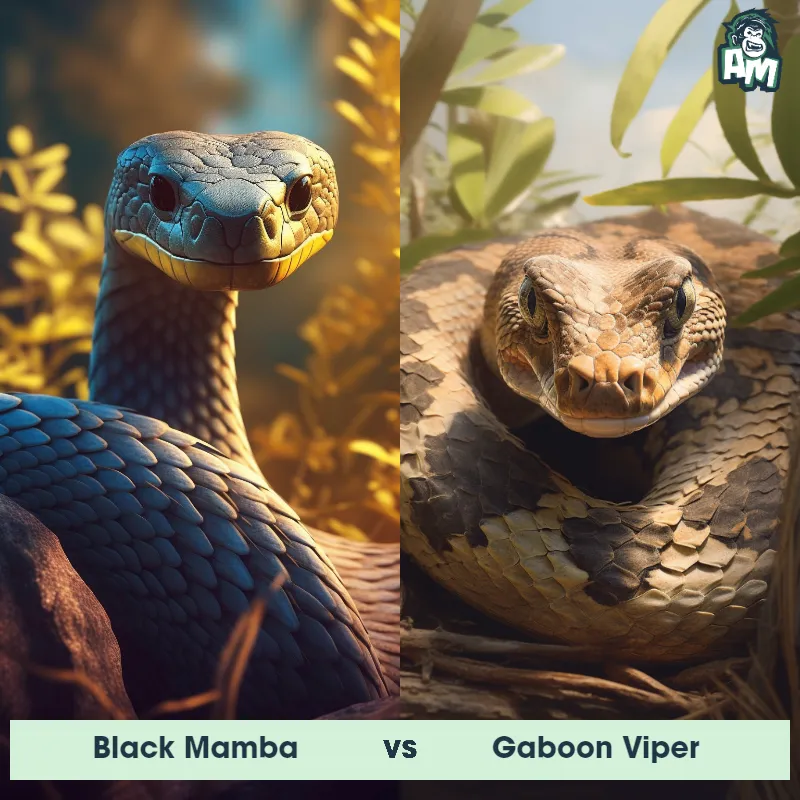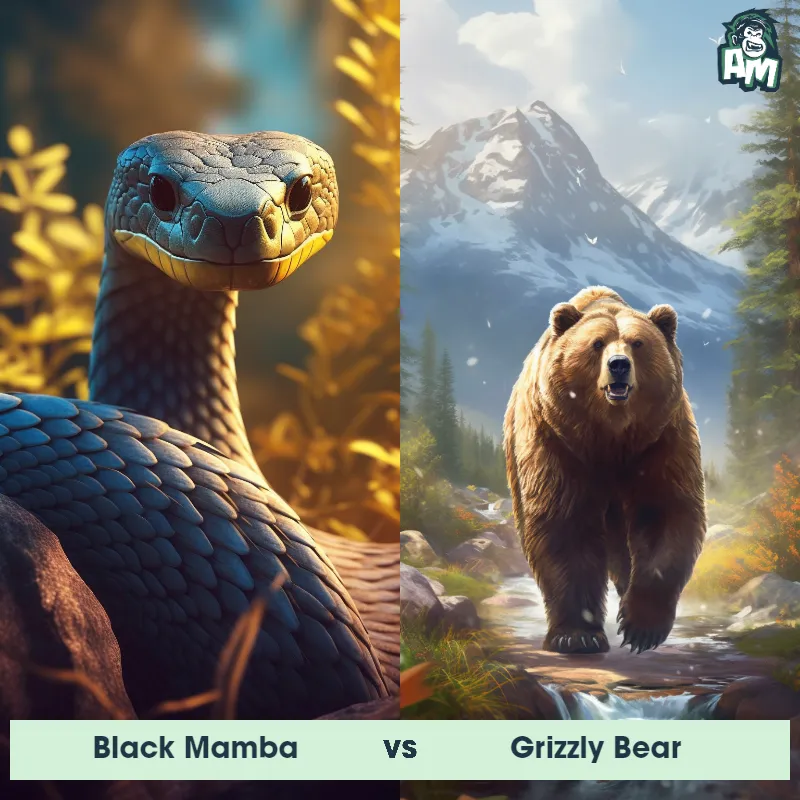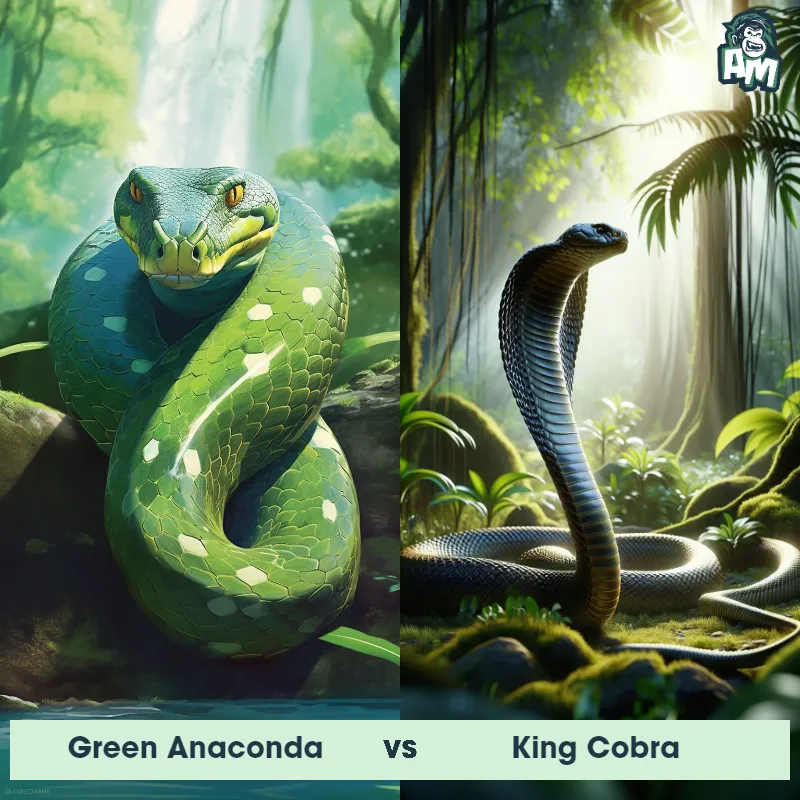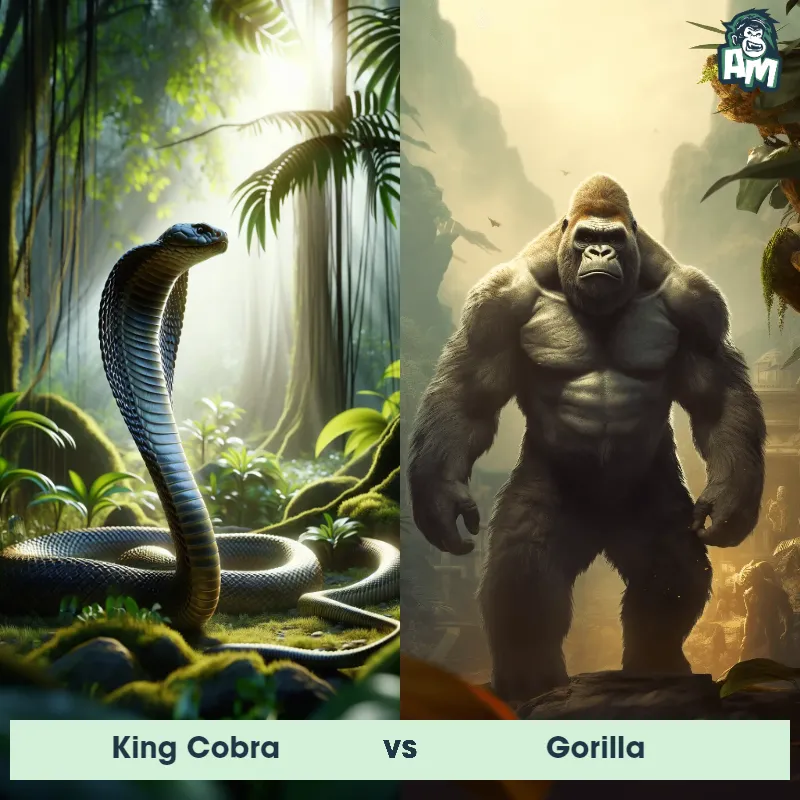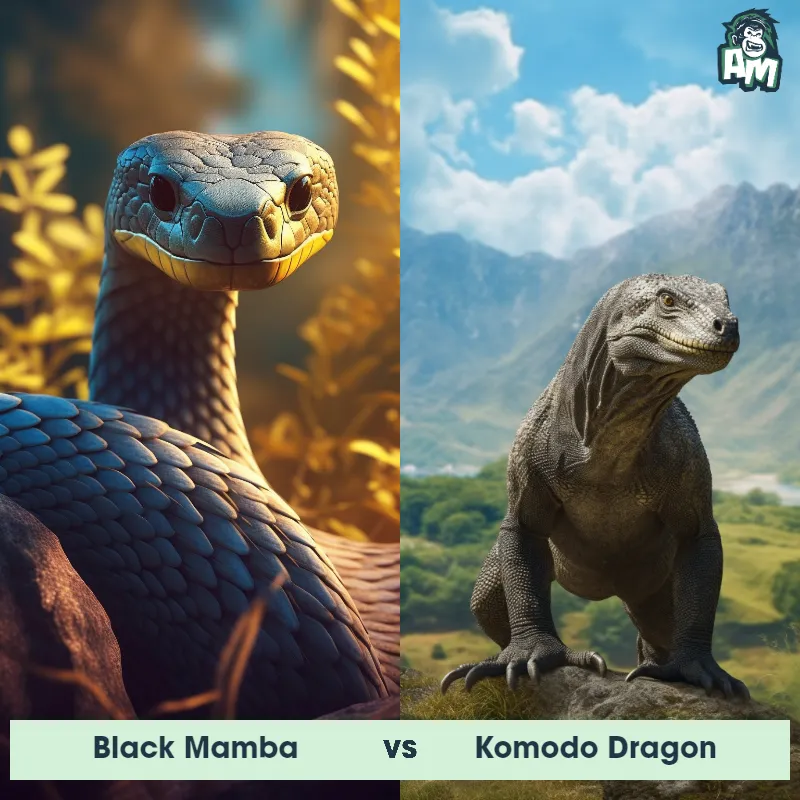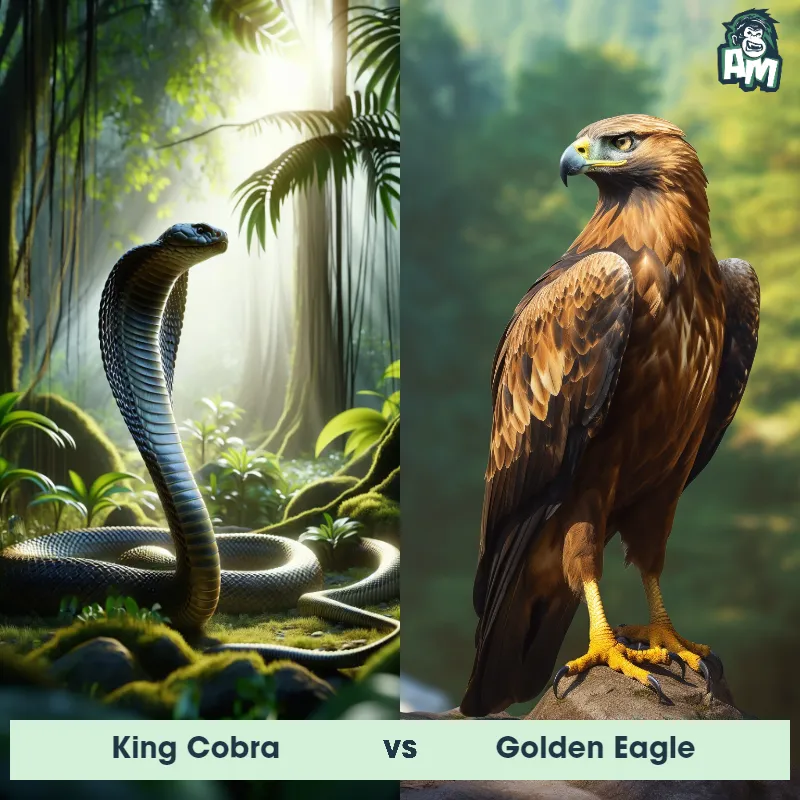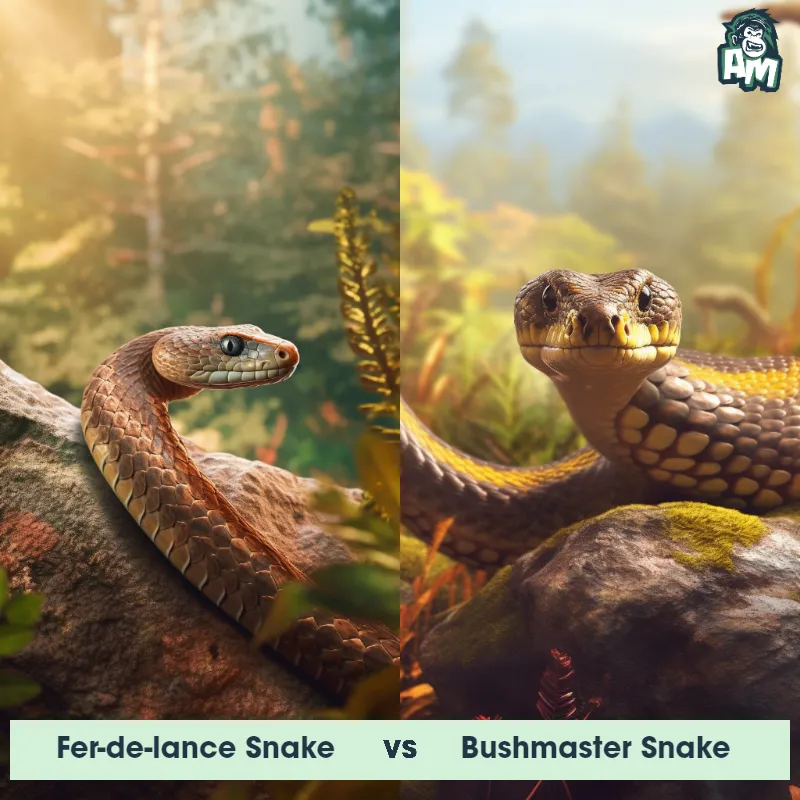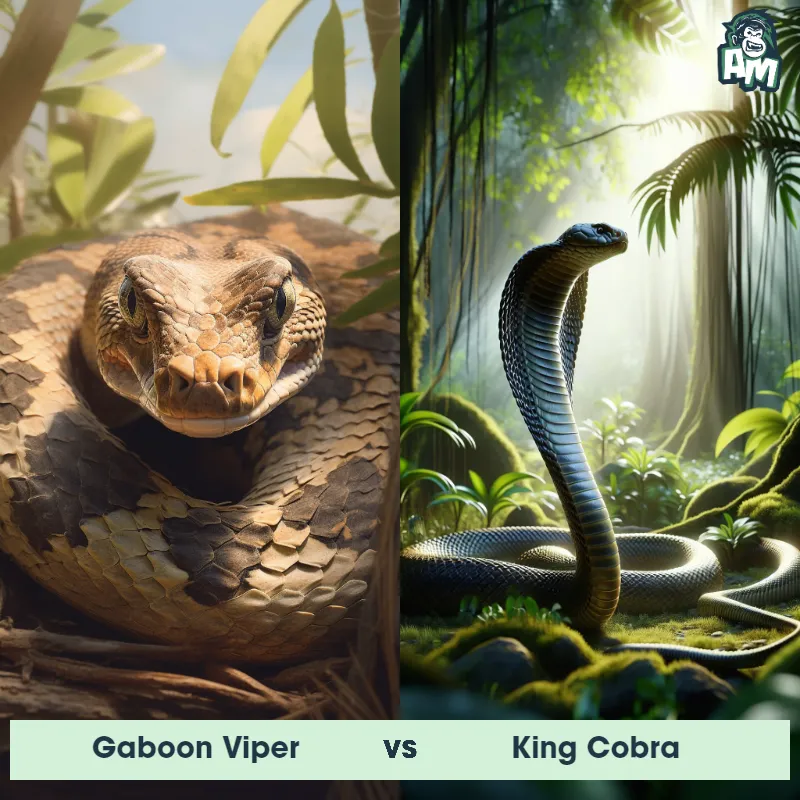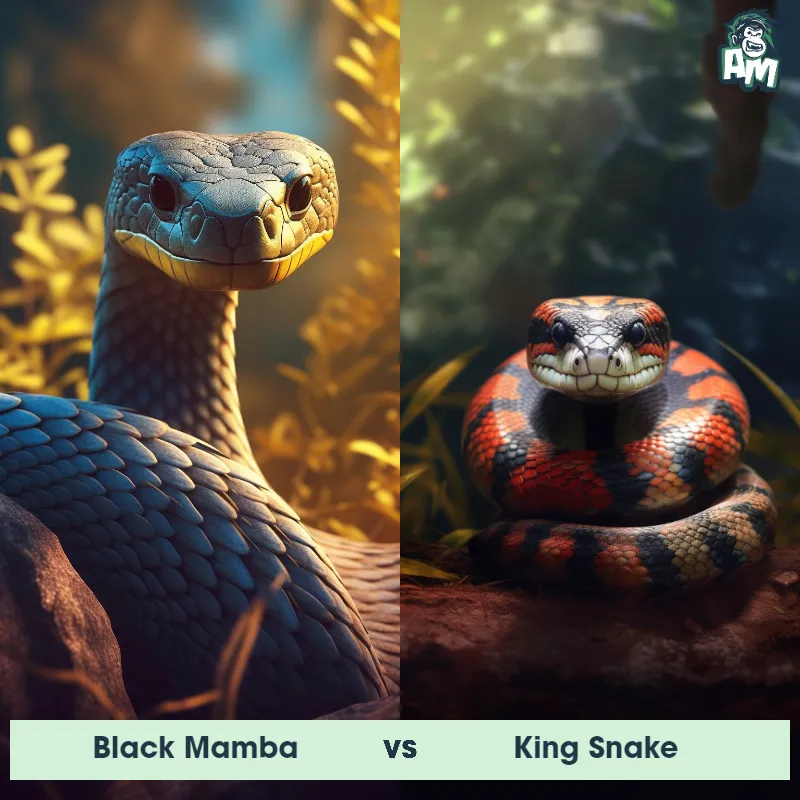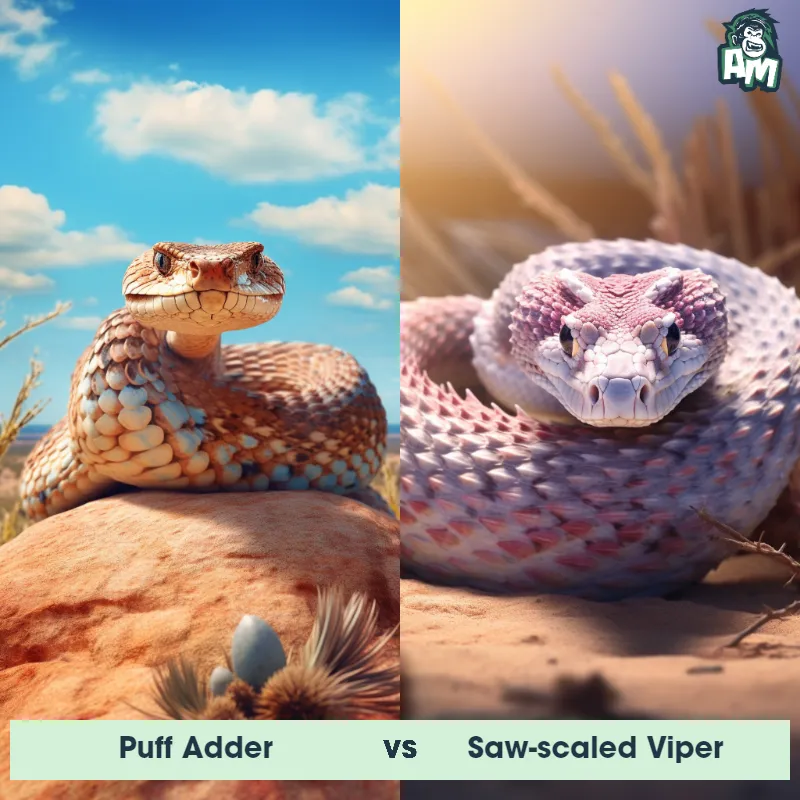Black Mamba vs Saw-Scaled ViperSee Who Wins

Ladies and gentlemen, welcome to this thrilling matchup between two of the deadliest serpents in the animal kingdom. It's a battle of venomous proportions as we witness the ferocious showdown between the Black Mamba and the Saw Scaled Viper. These predators are known for their lethal bites, lightning-fast strikes, and remarkable defensive skills. Brace yourselves, folks, as we dive into the epic 3-round fight unfolding before our eyes.
Contender 1: Black Mamba
The Black Mamba, also known as Dendroaspis polylepis, is a highly venomous snake found in sub-Saharan Africa. It is known for its long, slender body that can grow up to 14 feet in length and its dark, matte black scales. The Black Mamba is also known for its speed, as it can move up to 12.5 miles per hour, making it one of the fastest snakes in the world. Its venom is highly toxic and can cause respiratory failure, leading to death within hours if left untreated.
Fun Fact: The Black Mamba is not actually black, but rather a dark brown or olive color. The name "Black Mamba" comes from the inside of its mouth, which is black and visible when it opens its jaws in a threat display.
Contender 2: Saw-Scaled Viper
The Saw-Scaled Viper, also known as Echis carinatus, is a venomous snake found in the Middle East and parts of Asia and Africa. It is a small snake, typically growing to around 50 cm in length, with a distinctive saw-like ridge on its scales. Its venom is highly toxic and can cause severe pain, swelling, and even death in humans.
Fun Fact: The Saw-Scaled Viper is known for its aggressive behavior and quick strikes, making it one of the most dangerous snakes in the world.
Matchup Stats
| Black Mamba | Saw-Scaled Viper | |
|---|---|---|
| Size | Up to 14 feet (4.3 meters) | 50 cm (19.7 in) in length |
| Weight | Up to 3.5 pounds (1.6 kilograms) | 100 g (3.5 oz) |
| Speed | Speed: 12 mph (19.31 km/hr) | Speed: 12 mph (19.31 km/hr) |
| Key Strength | Speed and highly toxic venom | Quick strikes and highly toxic venom |
| Biggest Weakness | Shyness and avoidance of confrontation | Small size and vulnerability to larger predators |
Current Votes
Black Mamba vs Saw-Scaled Viper
See Who Wins
View More Matches
Looking For More?
Similar Matches
Scientific Stats
| Black Mamba | Saw-Scaled Viper | |
|---|---|---|
| Scientific Name | Dendroaspis polylepis | Echis carinatus |
| Family | Elapidae | Viperidae |
| Habitat | Savannas, rocky hills, and dense forests | Desert and dry savannah |
| Geography | Sub-Saharan Africa | Middle East, Asia, and Africa |
| Diet | Small mammals, birds, and occasionally other snakes | Small rodents, lizards, and birds |
| Lifespan | 11 years - 20 years | 8 years - 15 years |
Key Differences between Black Mamba and Saw-Scaled Viper
- Head shape and size: Black Mamba Possesses a long and slender head, slightly elongated and narrow compared to body width. Saw Scaled Viper Has a short and triangular head that is broader compared to its body width.
- Fang length and position: Black Mamba Possesses relatively long fangs (up to ~1 inch) positioned at the front of its upper jaw. Saw Scaled Viper Has short fangs (about 0.2 to 0.4 inches) placed further back in the mouth.
- Eye color: Black Mamba Exhibits a yellow to dark brown eye coloration. Saw Scaled Viper Displays a distinctive red or orange eye color.
- Scale pattern and coloration: Black Mamba Has smooth, glossy scales that are uniformly dark brown or black in color. Saw Scaled Viper Displays a distinct grainy appearance due to keeled scales. The dorsal coloration varies, but usually consists of a pattern of brown or reddish-brown scales with lighter markings.
- Body size and shape: Black Mamba It is a relatively large snake with a slender and elongated body, reaching an average length of 7 to 10 feet. Saw Scaled Viper It is a smaller snake with a stout body, measuring around 2 to 3 feet in length.
- Tail characteristics: Black Mamba Displays a long and thin tail, tapering gradually to a point. Saw Scaled Viper Possesses a relatively short and thick tail, tapering abruptly towards the tip.




